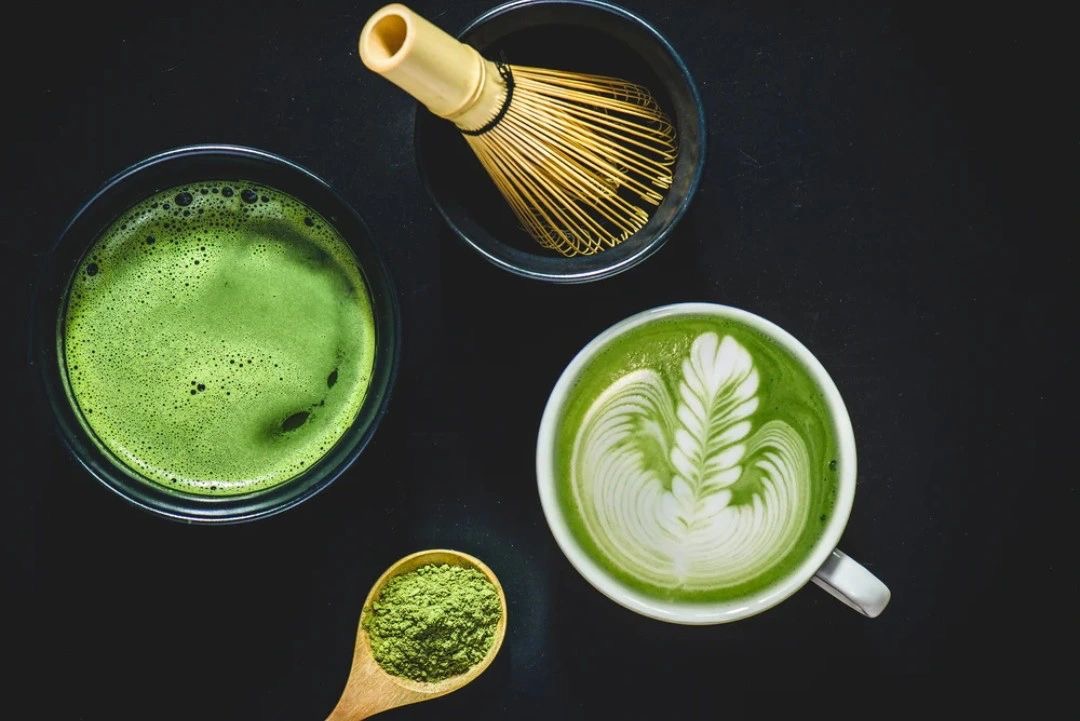Superfood - Matcha

Matcha is a popular superfood with a fresh emerald green colour and unique aroma and flavour. Matcha powder can be consumed directly or used in a variety of recipes. Matcha retains more of the antioxidant activity and nutrients found in the fresh leaves and has many health benefits.
Nutritional value of matcha
Natural Antioxidant
Matcha is rich in tea polyphenols, including a type of catechin known as EGCG. EGCG is a very good natural antioxidant, which helps to reduce the formation of free radicals in the body, protects cells and tissues from damage, and acts as an anti-ageing agent.
Improves brain function
The amount of caffeine in matcha is not as much as coffee, but it is enough to make the brain react. Caffeine improves brain function in various ways, including mood, alertness, reaction time and memory. Matcha is rich in the amino acid, L-theanine, which has a synergistic effect with caffeine by boosting dopamine, among other things, and the combination of the two improves brain function.
Promotes heart health
Matcha increases the antioxidant capacity of the blood, which improves and lowers cholesterol; at the same time, the polyphenols in matcha help lower blood pressure and reduce inflammation, which are good for heart health.
Boosts Energy Metabolism
The caffeine in matcha improves physical performance by mobilising fatty acids in adipose tissue and using them for energy.
How is matcha different from greentea?
Matcha is a powdered premium green tea that is grown and prepared differently than regular green tea. The tea plant is protected from light for 20-30 days before collection, which increases chlorophyll and amino acid production and gives the leaves a brighter, emerald green colour. After harvesting, the stems and veins of the leaves are removed, and then they are stone-molted and ground into a fine matcha powder. Matcha is the whole tea leaf ground and ingested, and therefore contains higher levels of caffeine and antioxidant activity than regular green tea. Because matcha has a slightly astringent flavour, it is often mixed with milk or sugar.
When shopping for matcha products, look for added sugar, artificial sweeteners, or other ingredients in the ingredient list that may reduce its health benefits, and try to buy matcha powder with clean ingredients.
Matcha is divided into many grades, the higher the grade, the brighter and greener the matcha is, and the more seaweed-flavoured it tastes; the lower the grade, the more yellowish-green the matcha will be.

